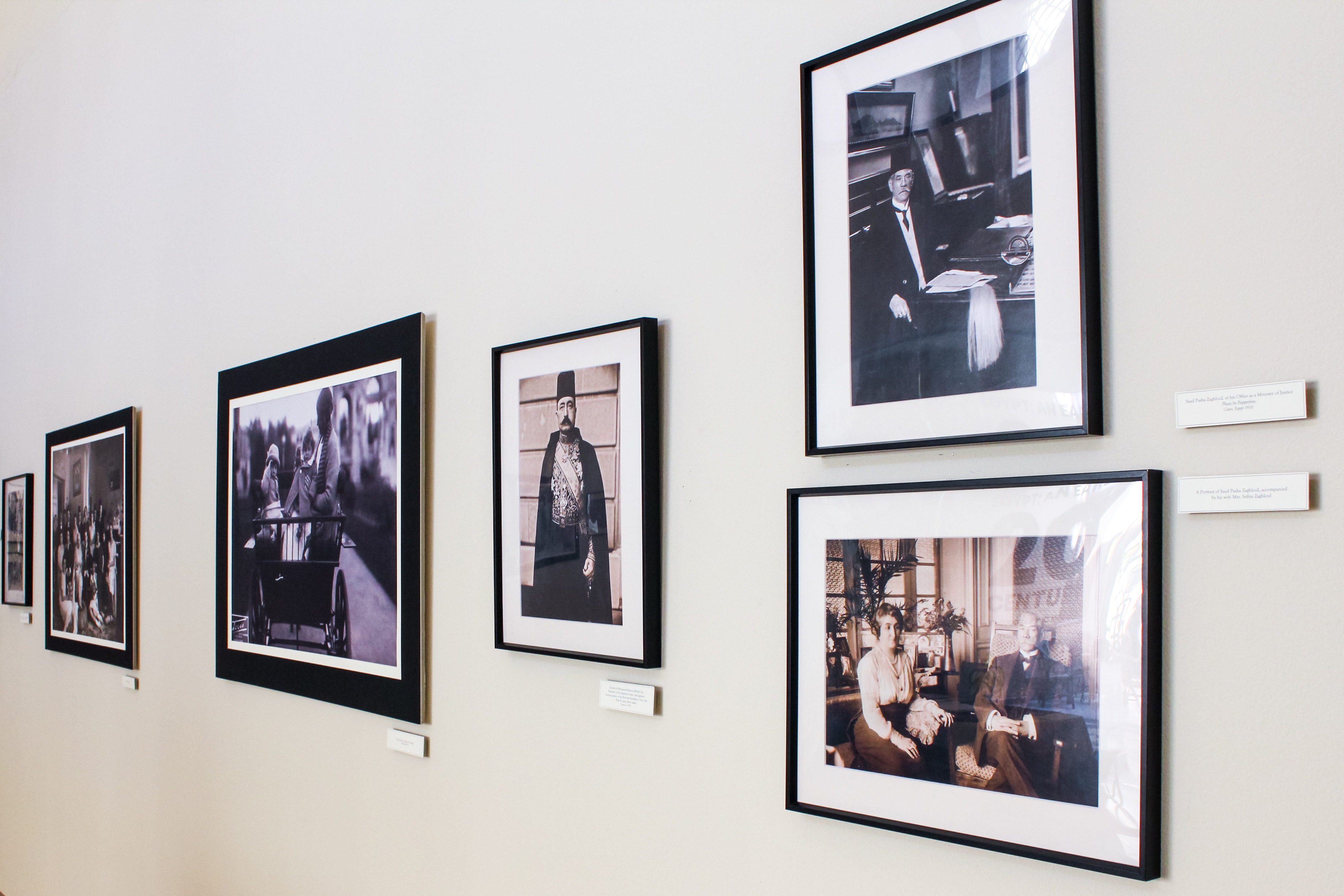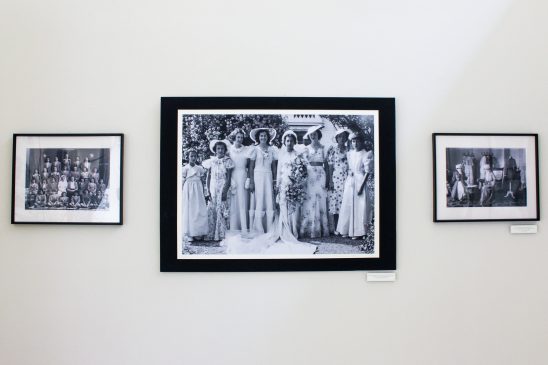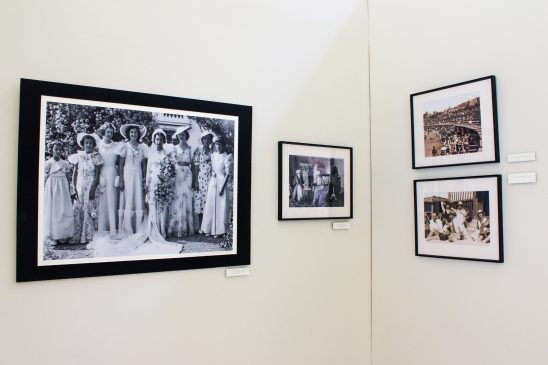By: Dalia Abdelwahab
@Lia_A0617
The ‘Egypt: A 20th Century Mosaic’ exhibit, held at AUC’s Department of Journalism and Mass Communication’s (JRMC) photographic gallery, featured images that were captured by various photographers throughout the 20th century, highlighting events which were crucial in shaping the country’s history as it is known today.
The exhibition was made accessible to the public on October 2.
While the exhibition attempted to mix art with history, the latter inevitably overpowered.
“The true value of this exhibition lies in the pictures’ historical value rather than their artistic value,” said Ronnie Close, assistant professor at the JRMC department.
Close added that the exhibition is more of a historical documentation than artistic photography.
The pictures were geographically diverse in nature, having been taken within different Egyptian cities and governorates. Although the location of the pictures were not identified in the captions, most of them appeared to be Cairo-centric.
On display was a mix between candid shots of common, plain people engaging in relatively mundane activities, portraits of some of the country’s most influential political figures and pictures that documented some of the country’s century-defining political and historical events.
“The Academy of Liberal Arts initiated this idea, and it coincided with a conference called ‘Archives to Archives’ and they wanted a venue to exhibit archival collections,” Noura Bahgat, the curator of the photographic gallery, told The Caravan.
She added that the reactions the gallery received were mostly positive due to the diverse nature of the photographs featured, along with their inclusion of popular public figures.
For instance, Saad Pasha Zaghloul, the political activist responsible for the 1919 Egyptian revolution against British settlers, could be found in two photographs. One of those was with his spouse, Egyptian Women’s Rights Activist Safiya Zaghloul.
Safiya Zaghloul had also played an important role in the aforementioned revolution, which earned her the title “Umm Al-Misyeen,” Arabic for The Mother of Egyptians, according to Egypt Independent.
Historic photographs also offer an insight on the public figures behind such events, according to Robert Papstein’s journal article Creating and Using Photographs as Historical Evidence.
Many of the exhibition’s visitors enjoyed the material on display, including undeclared freshman Maya Ahmad.
“I really liked the pictures of Saad Zaghloul and Safiya Zaghloul, along with the pictures that depicted King Farouk’s childhood. What truly astonished me, though, is the pictures of Nazi German prisoners on Egyptian soil. I did not expect to see them at all,” Ahmad said.
An undated study of historical documents that date back to World War II by researcher Edmund Hall revealed the explanation behind such pictures, which is the involvement of Britain in World War II. As a British colony, Egypt was used to host some of the captives affiliated with the Nazi regime once captured by British soldiers.
The art scene was also predominantly featured in the exhibition’s displayed pictures, with examples including a cinema and a high fashion store, both located in Cairo.
Although not clearly serving a particular significance, these photos are just giving people an idea of what certain things looked like in the 20th century. Patterns in the fashion trends common within that era could also be detected within wedding and school pictures.


